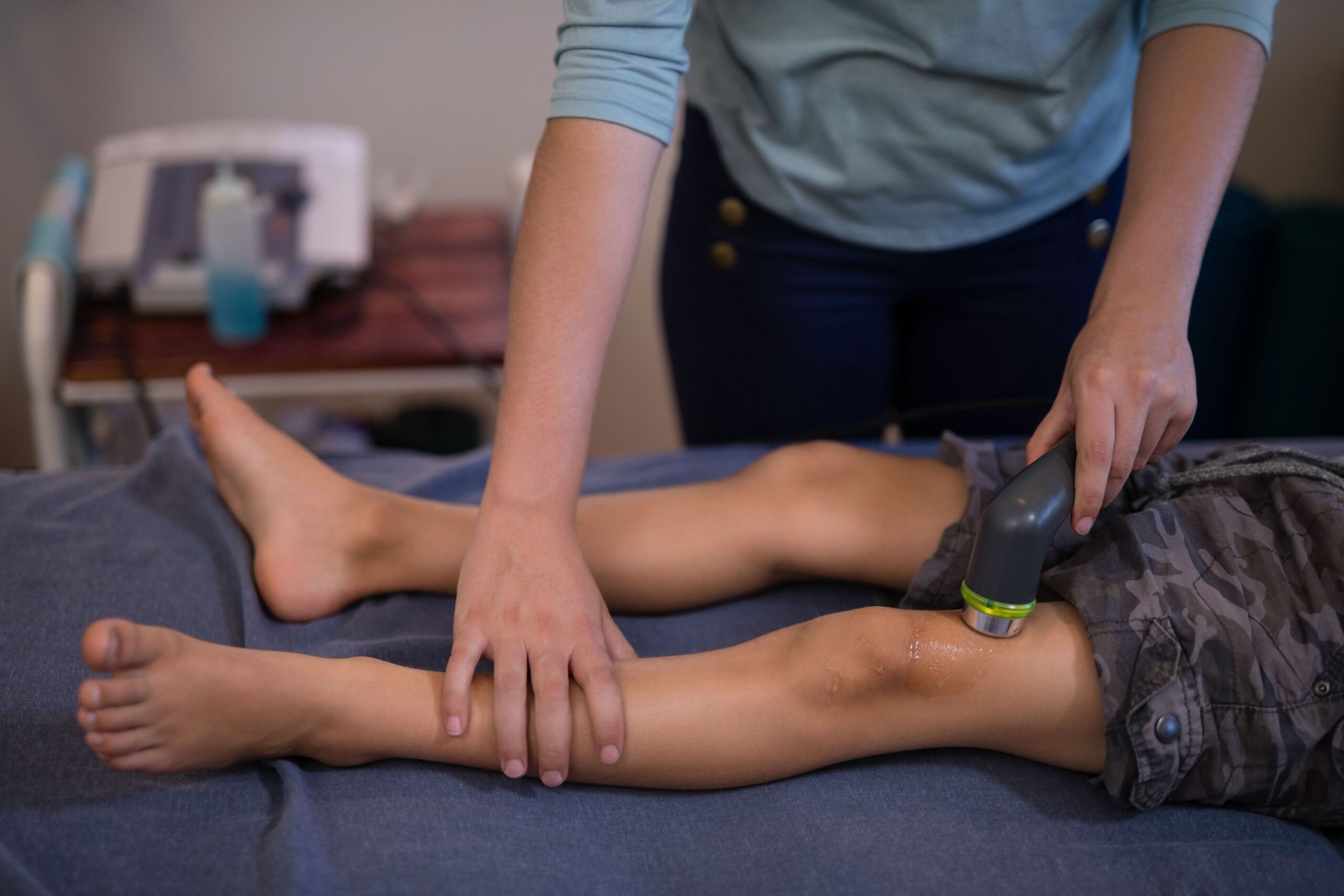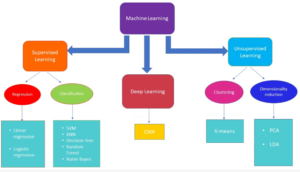Summary
Elastography, a relatively new advance in medical imaging, has brought a new dimension to the evaluation of tissue properties. This non-invasive technique uses ultrasound to assess the stiffness or elasticity of body tissues. In this article, we will explore the importance of elastography and its role in assessing stiffness, providing valuable insights from various medical disciplines.
Understanding Elastography:
Elastography, also known as elasticity imaging, is an imaging technique that measures the mechanical properties of tissues by assessing their stiffness or elasticity. This technique is particularly useful for distinguishing between normal and pathological tissues, contributing to the early detection and monitoring of various diseases.
Elastography has found applications in several medical fields:
Breast imaging:
In mammoplasty, it helps distinguish between benign and malignant breast lesions. Stiffer tissues, such as cancerous tumors, have a different elasticity compared to normal breast tissue.
Musculoskeletal imaging:
Elastography is used to assess the stiffness of muscles, tendons and ligaments. This is useful for diagnosing conditions such as muscle tears or monitoring the progress of rehabilitation.
Liver evaluation:
Liver elastography is a valuable tool in the evaluation of liver fibrosis and cirrhosis, as the degree of liver stiffness can provide insight into the severity of liver disease.
Prostate exam:
Prostate elastography can help distinguish benign prostatic hyperplasia (BPH) from prostate cancer because the cancerous tissue is usually stiffer.
Advantages of elastography
Early detection:
Elastography can help detect pathological tissue changes at an early stage, increasing the likelihood of timely intervention and better treatment results.
Non-invasive:
It is a non-invasive procedure that does not require surgery, biopsy or radiation, thus reducing patient discomfort and risks.
Real-time data:
Elastography provides real-time data during the study and provides immediate information for clinical decision-making.
Improved accuracy:
By quantifying tissue stiffness, elastography improves diagnostic accuracy and reduces the need for invasive procedures or surgery. Elastography has emerged as a revolutionary technology in medical imaging, providing a non-invasive and accurate way to assess tissue stiffness. Its applications in breast imaging, musculoskeletal assessment, liver health, and prostate research have revolutionized the diagnostic capabilities of several medical fields. By providing insights into the mechanical properties of tissues, elastography significantly contributes to early detection, accurate diagnosis, and effective treatment strategies, ultimately improving patient care and outcomes in the ever-evolving field of medicine.











